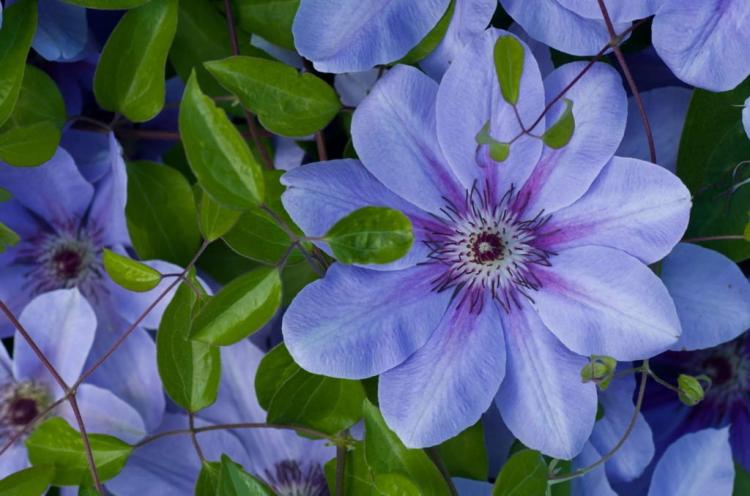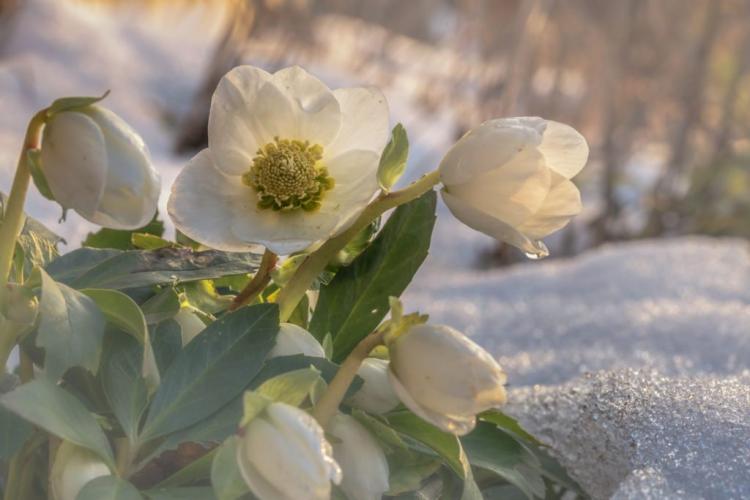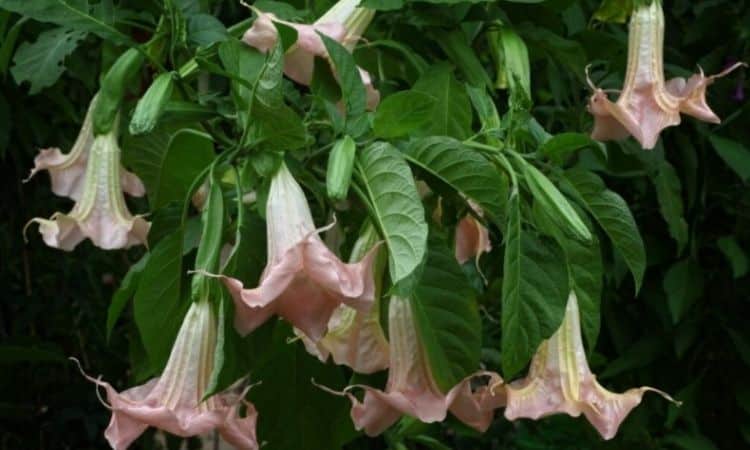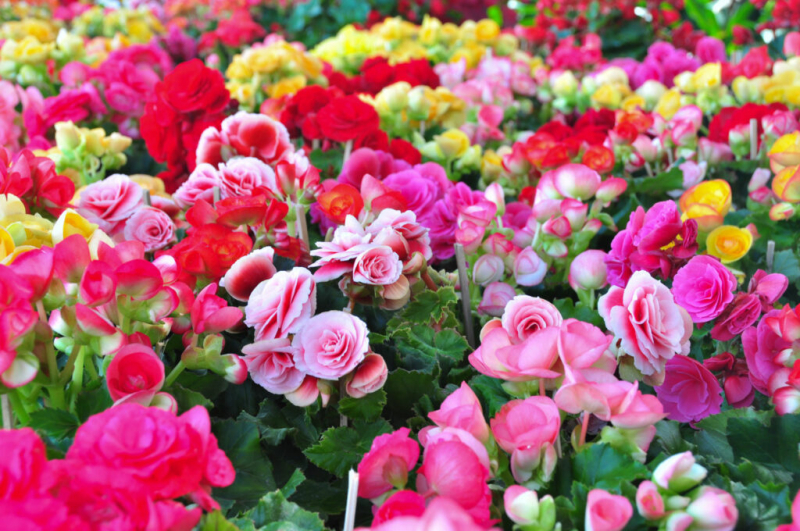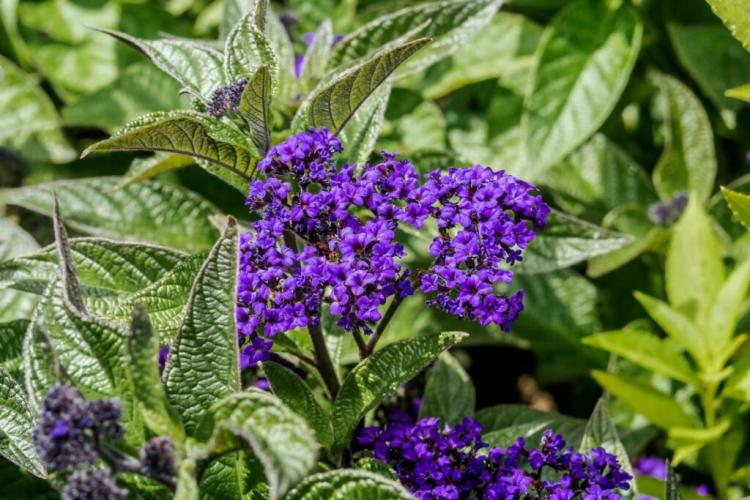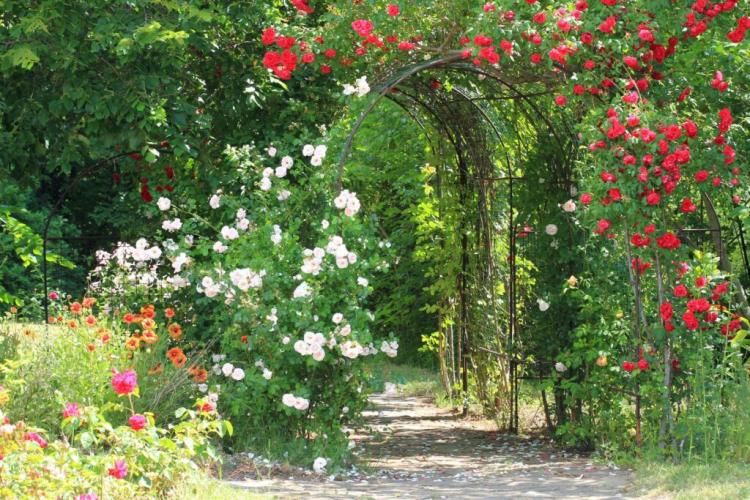Fertilize Camellia: Expert Tips At The Right Time And Procedure
In order to develop its splendid bloom, the camellia needs many nutrients. Everything you need to know about fertilizing camellias can be found here. From nobly dressed ladies strolling through their stately castle garden to elegant gentlemen getting out of a carriage. Camellias were once reserved for the nobles of Europe and a status symbol of the royal houses.
To this day camellias, also called winter roses, have lost none of their noble and magnificent appearances. A healthy camellia is the pride of every camellia owner. The flowers of the camellia appear early in the year, often when the snow is still lying. Then the plants turn into true seas of flowers. In order for the camellia to have the strength to offer this miracle of flowers, it needs sufficient nutrients and must be fertilized.
When To Fertilize Camellias
Table of Contents
When the flowers have fallen and the plant has to put all its nutrients into young green, it is time to fertilize the camellia. Depending on when your camellia is flowering, this will happen from March onwards. This is because the plant has lost many nutrients due to the abundant flowering, but needs new ones to feed the fresh sprouts.
You might so like: Fertilize Lemon Tree: How And With Which To Fertilize Properly?
Observe when your camellia shows its first young shoots and then start fertilizing. This is also the time when the flowers for the coming year are set. However, to ensure that the young shoots and buds mature in time, you should not fertilize for longer than mid-July.
The Right Fertilizer: What Should You Fertilize Camellias With?
Since camellias have to build up a large amount of biomass with their blossoms, they need a lot of nitrogen. Commercially available rhododendron fertilizer is best suited for this. This fertilizer contains a lot of nitrogen and relatively little phosphate, which is quickly harmful to camellias if applied in too high a dose.
But it does not matter whether the fertilizer is called rhododendron fertilizer or not, because it is the content that matters. Make sure that the composition of the fertilizer is close to the following ratio: Nitrogen (N) 3: Phosphorus (P) 1: Potassium (K) 2.
Whatever fertilizer you choose, sensitive plants should never be over-fertilized. Although the fertilization period between May and the end of July is short, overfertilization can cause severe damage to the plant. In addition, camellias then tend to form unsightly long shoots, and their susceptibility to disease increases.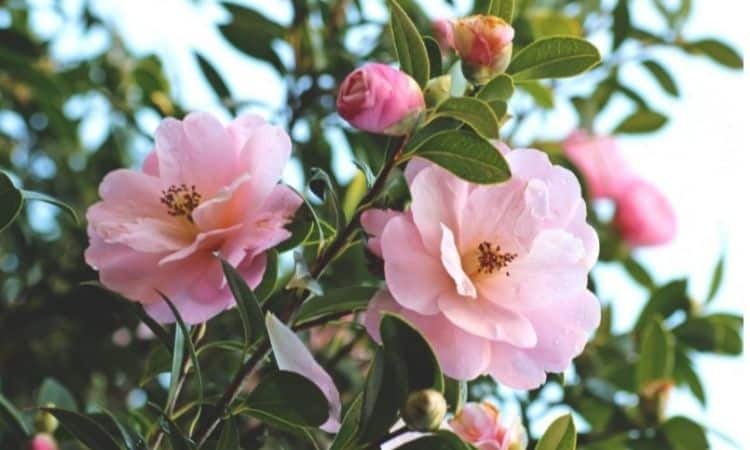
Fertilize Camellia Mainly Organically: Application Recommendation
Camellias are excellent for organic fertilization. This also minimizes the risk of over-fertilization, as the nutrients from organic material are released slowly and rather gradually. Organic fertilizers with an NPK ratio of 6:3:4 are best suited for this purpose. You should apply this fertilizer right at the beginning of sprouting.
You should always be careful with manure for camellia, as it contains significantly more potassium than nitrogen. However, camellias need nitrogen in particular, while other nutrients are harmful in too high amounts. Better suited is therefore compost soil. This can be worked into the soil at the beginning of sprouting.
Since camellias like it acidic, you can give them some leaf compost in addition to the main organic fertilizer. Alternatively, you can also place the autumn leaves of other trees directly under the tree as a mulch layer. This not only acidifies the soil but also protects against the cold in winter. But be careful: The leaves of walnut trees are not suitable, as they contain toxic substances for many other plants as well as for the camellia.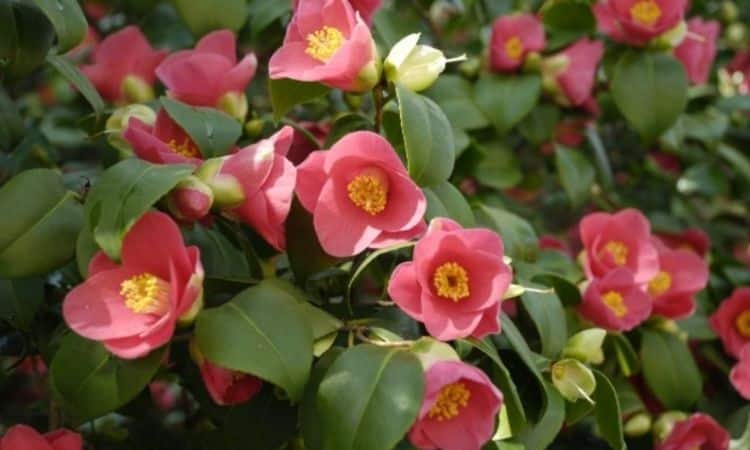
Mineral Fertilizer For Camellia
Caution is required when fertilizing camellias with mineral fertilizers. The plants react sensitively to too high concentrations of nutrient salts. It is therefore important to use a fertilizer that is close to the nutrient ratio of 3:1:2. Otherwise, leaf necroses and in the long run death of the plant threaten. It is therefore better to use rhododendron fertilizer. To avoid overfertilization, you should halve the amount indicated for rhododendrons.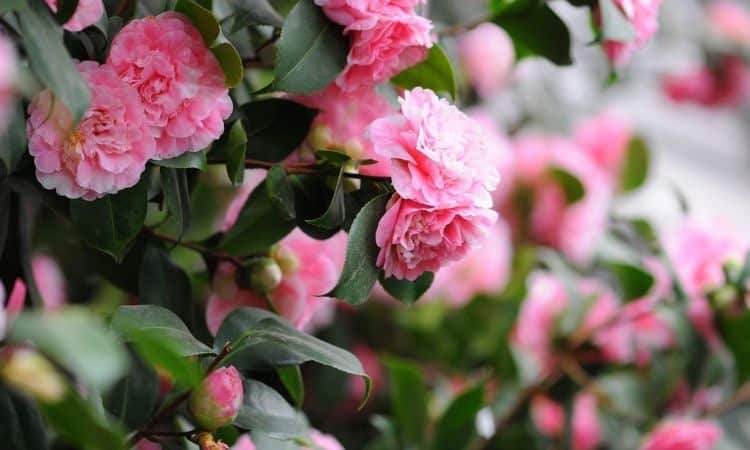
Fertilizing Camellia With Household Remedies
Growing popularity among plant friends and hobby gardeners experiences at present the coffee grounds as fertilizer and completely rightfully. It accumulates free of charge in almost every household and has excellent fertilizing properties. If you are not a coffee drinker, you can simply ask in a café.
The nutrient ratio of coffee grounds is well suited for camellias. In addition, coffee grounds have an acidifying effect on the soil, which benefits camellias. You should note, however, that you should not fertilize coffee grounds in large amounts, although the nutrient content is generally not very high. The nitrogen content is only 2%.
For this reason, you should not rely solely on coffee grounds, but rather see them as a supplement. In this way, you can save on fertilizer and at the same time ensure that the pH value does not rise too much.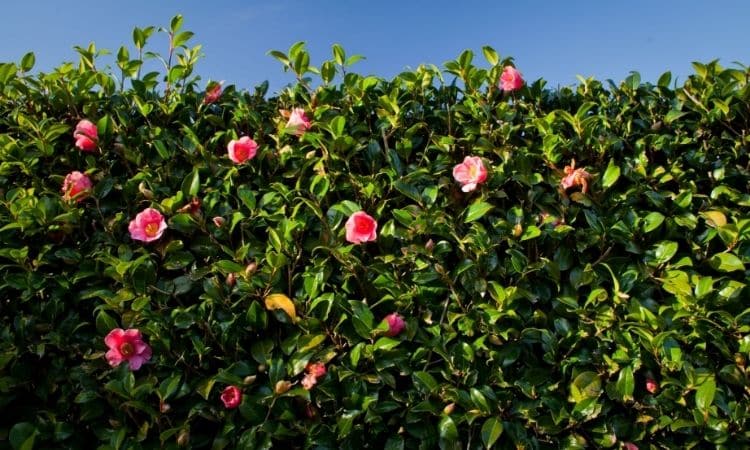
Camellia fertilization at a glance:
- Fertilization period between the beginning of budding after flowering and the end of July.
- Fertilizer with an NPK ratio close to 3:1:2.
- Organic fertilizer: compost, rhododendron fertilizer.
- Mineral fertilizer: Rhododendron fertilizer in halved quantity.
- Acidic environment: physiological acid fertilizer, leaf compost or autumn leaves, coffee grounds.

